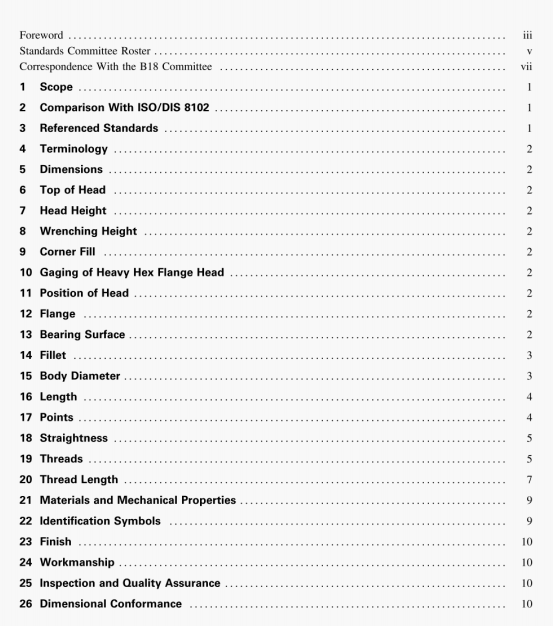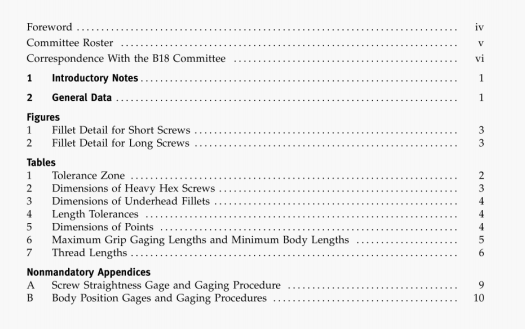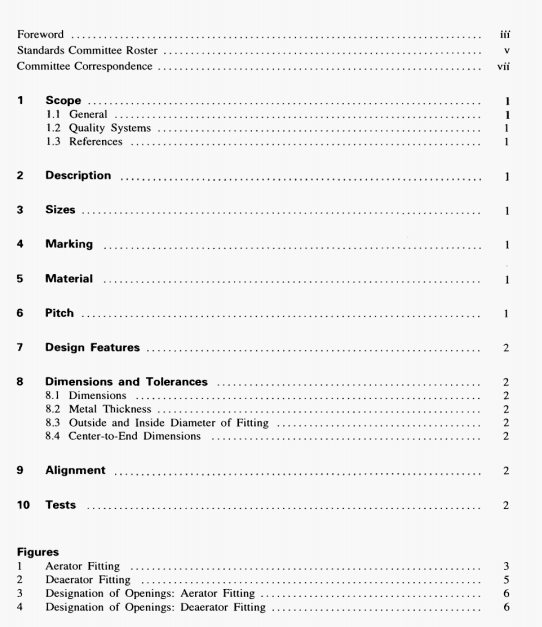Abstract: ASME B1.10M:2004 pdf download.UNMIFIED MINIATURE SCREW THREADS. 1.5 AcceptablUty Additional recommended methods for determining the acceptability of miniature screw threads will be included as further expenence with this thread standard is...
ASME B1.10M:2004 pdf download.UNMIFIED MINIATURE SCREW THREADS.
1.5 AcceptablUty
Additional recommended methods for determining the acceptability of miniature screw threads will be included as further expenence
with this thread standard is reported. Until such time, agreements must be reached between purchaser and vendor regarding the basis for determining acceptance, since practices are likely to differ considerably, particularly for external threads. Where a free
choice is possible, the procedures given below, which are being used with considerable success by some producers. are suggested.
1.5.1 External Threads. The major diameter of the external thread is measured by either contact gaging. optical projection, or
laser inspection equipment. All other dimensions, such as pitch diameter, lead, thread form, and minor diameter may be inspected by optical projection methods, with a magnification of 100X recommended. A suggested chart for this method is shown in Appendix A. The thread plug gages and the tap are inspected in a similar manner to externally threaded parts. Contact gaging. such as the use of “GO” and “NOT G(Y’ ring gages, measuring wires, and set plug gages may be used for sizes 0.70 UNM and above.
1.5.2 Internal Threads. The minor diameter of the internal thread is gaged with “GO” and “NOT GO” plain cylindrical plug gages. All other elements are checked only for assemble-ability Limits by means of a ‘GO’ thread plug gage, taking extreme care not to
damage the thread. For the minimum material limits of the internal threads, the accuracy and performance of the tap is relied upon This implies that the major and pitch diameters of the tap do not exceed the maximum internal thread limits for these elements,
and disregards over cuffing, which is rarely incurred because of the flexibility of these small taps and the manner in which they
are generally fluted.
Recommended:
ASME A112.1.2:2012 pdf download ASME 14414:2015 pdf download ASME 30.9:2021 pdf download ASME Y14.1-2020 pdf download



